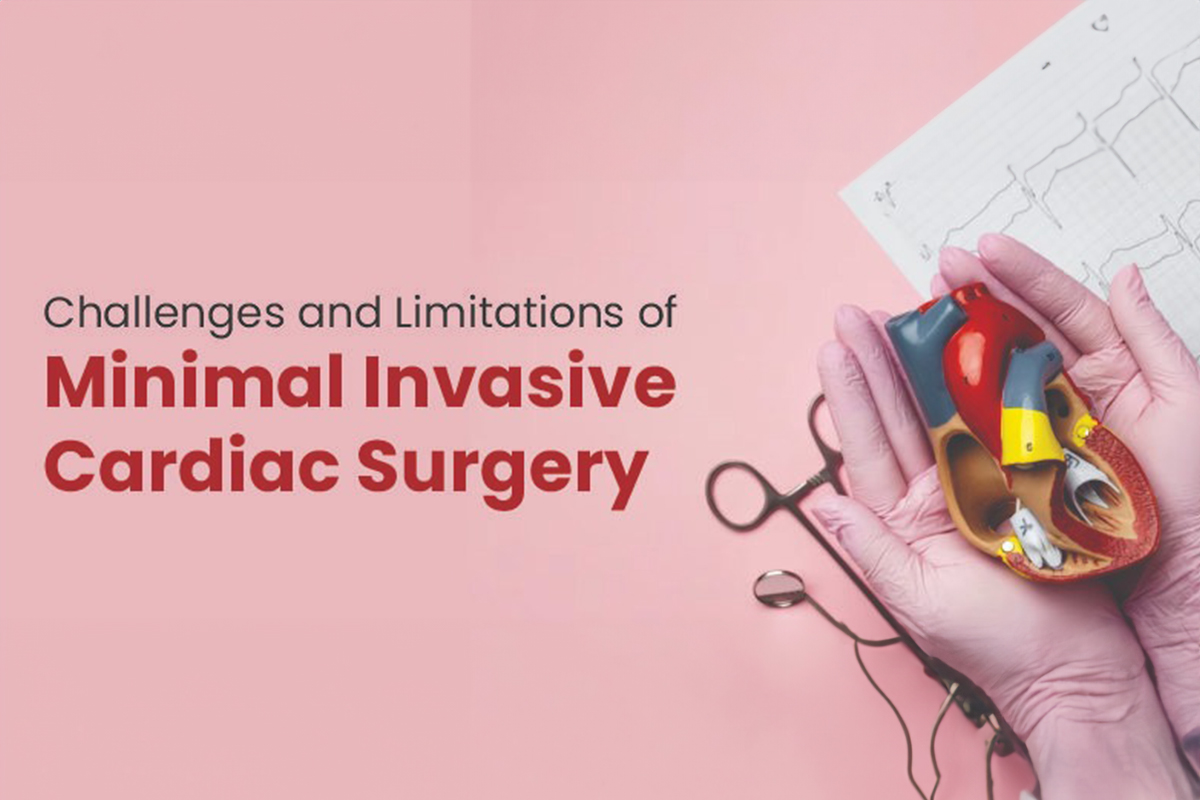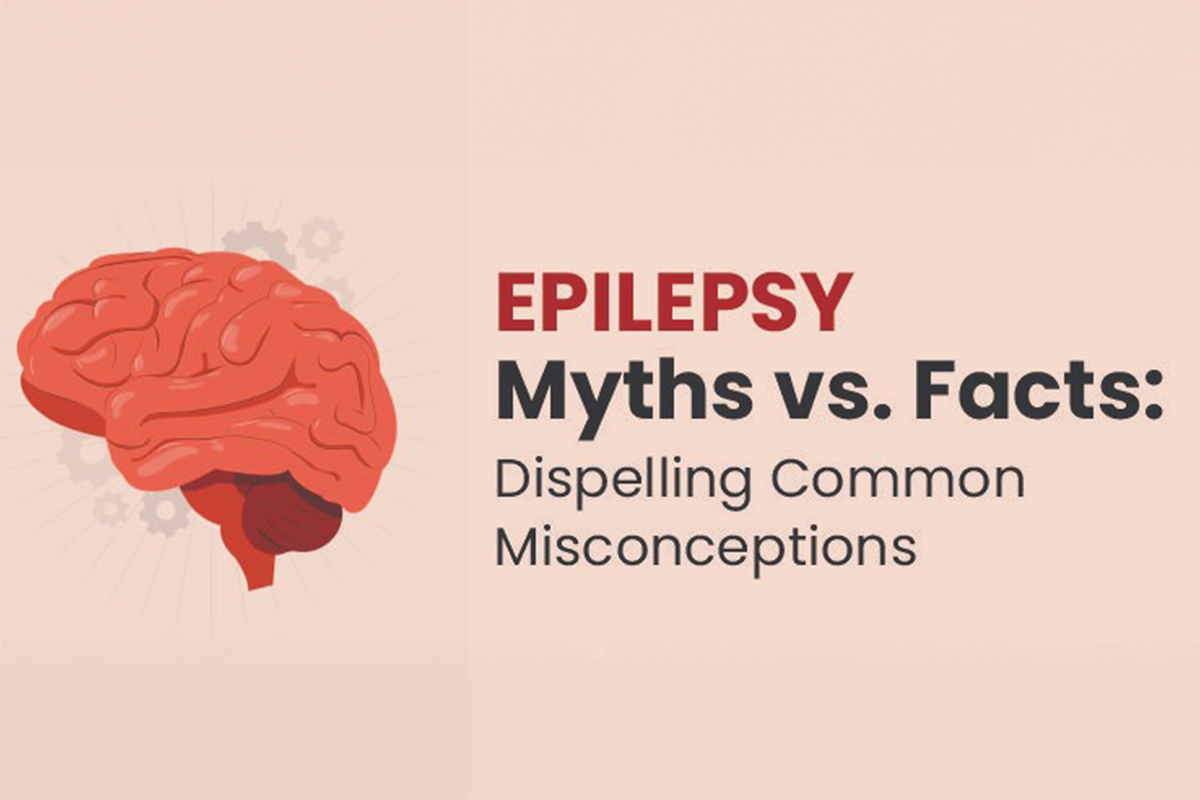
Challenges and Limitations of Minimal Invasive Cardiac Surgery
By Dr. Jeewan Pillai in Cardiology Cardiac Surgery
Nov 2, 2023
Challenges and Limitations of Minimal Invasive Cardiac Surgery
Minimal-invasive cardiac surgery (MICS) has gained popularity as a less invasive alternative to traditional open-heart surgery, offering benefits such as shorter hospital stays and quicker recovery. However, these techniques also present several challenges and limitations that surgeons need to consider.
Challenges of Minimal Invasive Cardiac Surgery Limited surgical field:
MICS involves smaller incisions, which restricts the surgical field and makes it challenging to visualize and access complex cardiac structures compared to open-heart surgery.
Technical expertise: Performing MICS requires advanced skills in using video-assisted technologies and precise movements through small incisions. Surgeons must undergo extensive training to overcome the steep learning curve associated with these techniques.
Instrumentation limitations: Instruments used in MICS are designed for minimal invasiveness but may have limitations in maneuverability and functionality compared to those used in open surgery, posing challenges for intricate procedures.
Patient selection: Not all patients are suitable candidates for MICS due to factors like previous surgeries, anatomical complexities, or multiple cardiac conditions that may necessitate an open surgical approach.
Limitations of Minimal Invasive Cardiac Surgery Accessibility to complex cases:
While effective for isolated valve repair or small coronary bypasses, MICS may not be suitable for complex cases such as multiple valve repairs or extensive coronary artery disease, where open surgery remains preferable.
Learning curve and cost: Adopting MICS requires specialized training and investment in equipment, which may be costly and limit its availability in certain healthcare settings.
Increased operative time: MICS procedures often require meticulous techniques and setup, leading to longer operative times compared to open-heart surgery, potentially increasing the risk of complications.
Conversion to open surgery: In some cases, technical challenges or unforeseen complications during MICS may necessitate conversion to open surgery to ensure patient safety and optimal outcomes.
Understanding these challenges and limitations is crucial for surgeons and patients considering MICS, ensuring appropriate selection and preparation for the procedure.







